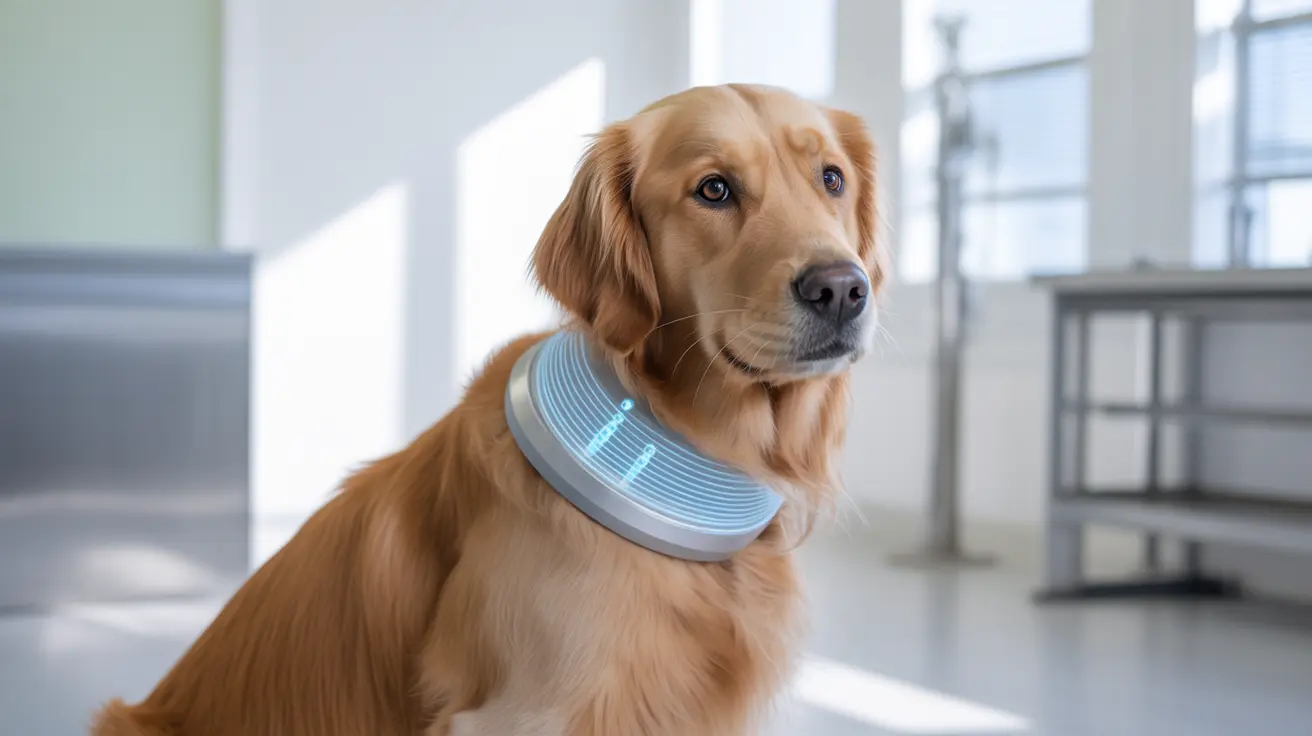Understanding Interdigital Cysts in Dogs: Causes, Symptoms, and Treatment
Interdigital cysts, also known as interdigital furuncles, are painful inflammatory lesions that develop between a dog's toes. These nodules form due to infection, trauma, or underlying health conditions and often require medical intervention for proper management. If left untreated, they can worsen and lead to chronic issues, significantly impacting a dog's mobility and comfort.
Symptoms of Interdigital Cysts
The following are common clinical signs dog owners may notice:
- Red or purple nodules between the toes
- Nodules filled with pus, blood, or clear fluid
- Limping, pain, or reluctance to walk
- Excessive licking or chewing of the paws
- Hair loss or skin thickening in chronic cases
These symptoms may affect one or multiple paws and are most commonly observed on the front feet.
Common Causes of Interdigital Cysts
Understanding the etiology aids in preventing recurrence. Primary causes include:
- Trauma to hair follicles due to coarse hair being forced into the skin
- Secondary bacterial infections like pyoderma
- Breeds with genetic predispositions like Bulldogs, Labrador Retrievers, and Shar-Peis
- Environmental factors like walking on rough surfaces
- Foreign bodies such as foxtails or plant awns
- Obesity, abnormal gait, or arthritis causing mechanical stress
Allergies (environmental or food-related), demodex mite infestations, and diseases such as hypothyroidism or Cushing’s can also contribute.
Diagnosis and Veterinary Evaluation
Veterinarians diagnose interdigital cysts through:
- Physical exam and medical history
- Cytology to detect infection
- Skin scrapings or hair plucks to rule out mites
- Bacterial culture for persistent cases
- Biopsy in chronic or unclear scenarios
- Bloodwork to identify underlying diseases
- Allergy testing or diet trials if allergic causes are suspected
- Imaging (X-rays, CT) for detecting deeper issues or foreign bodies
Treatment Strategies
Treatment must address both the lesions and the root causes:
- Antibiotics: Systemic antibiotics for 4–8 weeks depending on culture results; topical antimicrobials may also be used.
- Anti-inflammatories: Oral steroids, cyclosporine, or topical glucocorticoids reduce inflammation. Apoquel or Cytopoint can be added for allergy-related symptoms.
- Manage underlying factors: Address allergies, obesity, or orthopedic problems.
- Supportive care: Keep feet clean, use booties on rough terrain, and perform routine paw hygiene.
- Adjunctive therapy: Topical retinoids and Epsom salt soaks may relieve chronic symptoms.
- Surgery: For recalcitrant or recurrent cases, surgical options like laser ablation or fusion podoplasty may be required.
Prognosis and Long-Term Management
Many dogs respond well to targeted treatment, especially if causative factors are mitigated. However, due to breed predisposition or lifestyle factors, recurrence is not uncommon.
Long-term management recommendations include:
- Maintain a healthy body weight
- Address and control allergies
- Regular paw inspections and cleaning
- Use of protective footwear when needed
- Routine veterinary check-ups
Prevention Tips for Pet Owners
Preventative measures can help reduce the risk:
- Manage walking surfaces and activity
- Limit exposure to allergens or foreign bodies
- Promptly address paw trauma or excessive licking
- Consult a vet at the first sign of discomfort
While some minor cases may improve slightly with supportive care, medical treatment is often necessary to fully resolve interdigital cysts and avoid complications.





